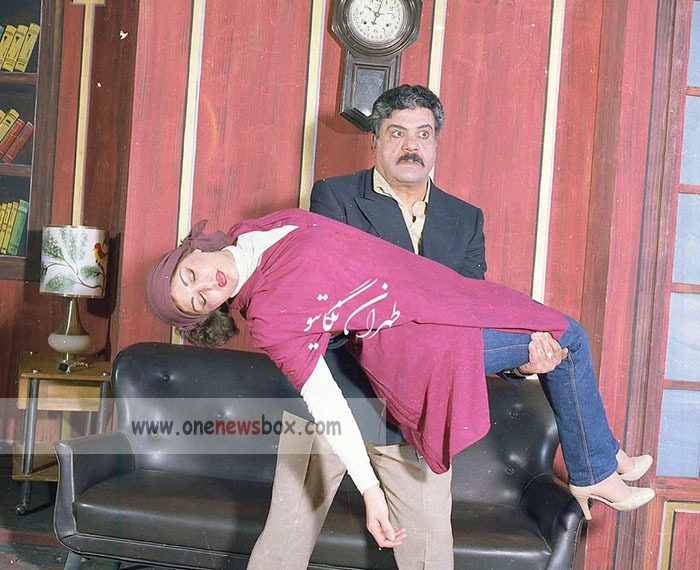The years between 1940 and 1943 occupy a special place in the history of Iranian theater. Scholars and researchers often refer to the subsequent years of 1944–1945 as the era of stage theater in Iran, but the roots of that flourishing lie in the conditions and cultural atmosphere of the early 1940s. This period marks a decisive stage in the evolution of Iranian performing arts, shaped by political upheavals, social transformation, and the growing hunger for artistic expression in a society caught between tradition and modernity.
Iranian theater in these years was more than just a form of entertainment. It became an arena for intellectual debate, a tool for political propaganda, a substitute for other underdeveloped media, and ultimately, a means of searching for cultural identity. In this long exploration, we will examine the key features of this period, focusing on the socio-political context, audience reception, the role of key theater groups and figures, the limitations of other cultural industries, and the broader consequences for Iranian stage art.

